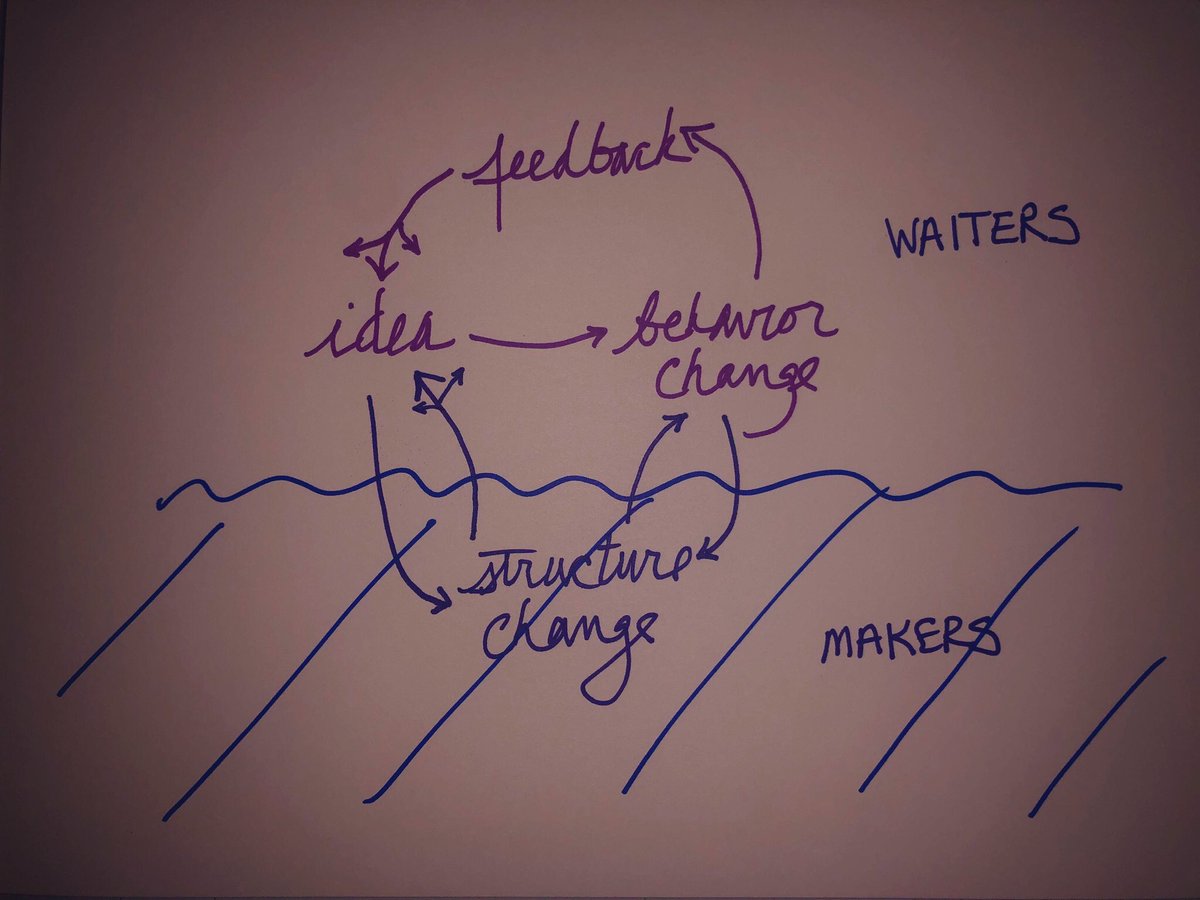
The goal of software design is to create chunks or slices that fit into a human mind. The software keeps growing but the human mind maxes out, so we have to keep chunking and slicing differently if we want to keep making changes.
This implies that software design is a human process with technical support, done by humans for humans. As shiny as the technical support is it took me a while to acknowledge that messy people stuff.
I’ll add that “fits into” and “maxes out” are metaphors and not precisely true, but they help make sense of a healthy, growing urge to re-design. Knowledge is not a quantity & the brain is not a space & we work together.
I am continuing work on "Tidy First? An Exercise In Empirical Software Design" as a @SubstackInc . No paid tier yet, but that's where book chapters will be appearing. Sign up here: kentbeck.substack.com.
• • •
Missing some Tweet in this thread? You can try to
force a refresh




